When the red giant star devours the earth
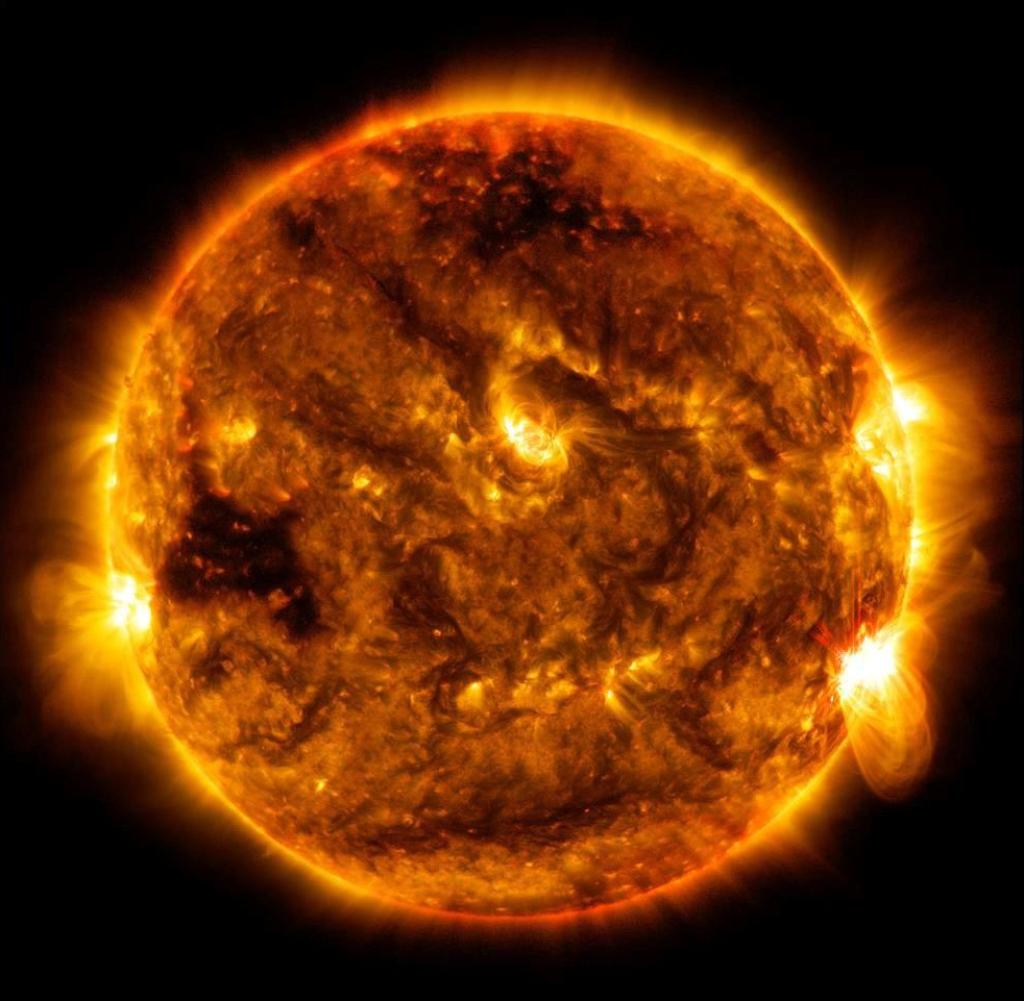
According to the Esa scenario, the maximum temperature of the sun will reach about 6065 degrees Celsius
Source: NASA / SDO / dpa
It’s getting bigger and warmer, until disaster strikes: Data from the Gaia satellite provides new insights into our central star. Observations of countless stars allow researchers to make highly accurate predictions about the future fate of the Sun – and the planets orbiting it.
eIt sounds like the script of a science fiction movie about the apocalypse, but scientists consider it a plausible scenario: In about three and a half billion years, our Sun will begin to cool on the surface, in the process expanding into a red giant star that will probably devour all four inner planets – including Earth.
This terrifying vision is not new, but astronomers have now determined the time and course of this catastrophe more accurately than ever before, ESA reports. To do this, the researchers used recently published data from the Gaia satellite, which has been observing billions of stars with many telescopes since 2014.
“Only when we understand our Sun – and there is still a lot we don’t know about it – can we expect to understand all the other stars in our Milky Way,” Orla Crevi of the Observatory of the Cote d’Azur in France explains. Extensive data analysis that she and her colleagues did.
Stars are slowly increasing in size and temperature
In order to gain new insights into our Sun, researchers have to look at a large number of similar stars. Because we only see our Sun at the moment of its evolution, 4.57 billion years after its formation. Astronomers can only predict the evolution of the Sun by observing many Sun-like stars of different ages.
Gaia’s data provide this possibility, because in addition to motion, they also record the size, temperature, mass, and chemical composition of stars. Detailed analysis of this data allows astronomers to determine the star’s type – including its resemblance to the Sun – and its age.
In the first step, Creevey and her colleagues filtered the stars with the most accurate values from the vast amount of data. “We wanted to have the cleanest possible dataset with high-resolution measurements at our disposal,” the researcher asserts. In the second step, the team filtered out all those stars from this selection that are similar to our Sun in terms of their mass and chemical composition.
The bottom line is that although all of these stars are similar to the Sun, they are very different in age. Because as long as stars burn hydrogen into helium within and thus generate their own radiation, their mass and composition change only slightly. However, the situation varies with the size and temperature of the stars: both are slowly increasing.
Maximum temperature about 6065°C
Because stars are similar to the Sun but of different ages, Creavey and her colleagues were able to determine how these stars – and thus our Sun – have evolved over time. The result: when the Sun is eight billion years old, its surface will reach a maximum temperature – only about 20 degrees higher than the current value of 6,045 degrees Celsius.
Then it begins to cool and expand into a red giant. As a giant that continues to expand, it can swallow the four inner planets Mercury, Venus, Earth, and Mars. Just when there is no nuclear fusion within the Sun—at an age of ten to eleven billion years—the red giant collapses into a white dwarf star roughly the size of Earth, which slowly cools over billions of years.
As if that weren’t enough, Creevey and her colleagues went one step further: From their data, they selected all those stars that also resemble the Sun in temperature and size – and are thus roughly the same age as our central star. They found a total of 5,883 “solar isotopes” in this way – and this list is extremely valuable to astronomers around the world.
Because accurate observations of these stars can answer the question of how “normal” our sun is. Or whether the appearance of life on Earth depends on the fact that the Sun has special properties that distinguish it from other stars.
“Aha! Ten Minutes of Everyday Knowledge” is WELT’s Knowledge Podcast. Every Tuesday and Thursday we answer daily science questions. Subscribe to the podcast at spotifyAnd the Apple PodcastAnd the DeezerAnd the amazon music Or directly via RSS feed.

“Total coffee aficionado. Travel buff. Music ninja. Bacon nerd. Beeraholic.”






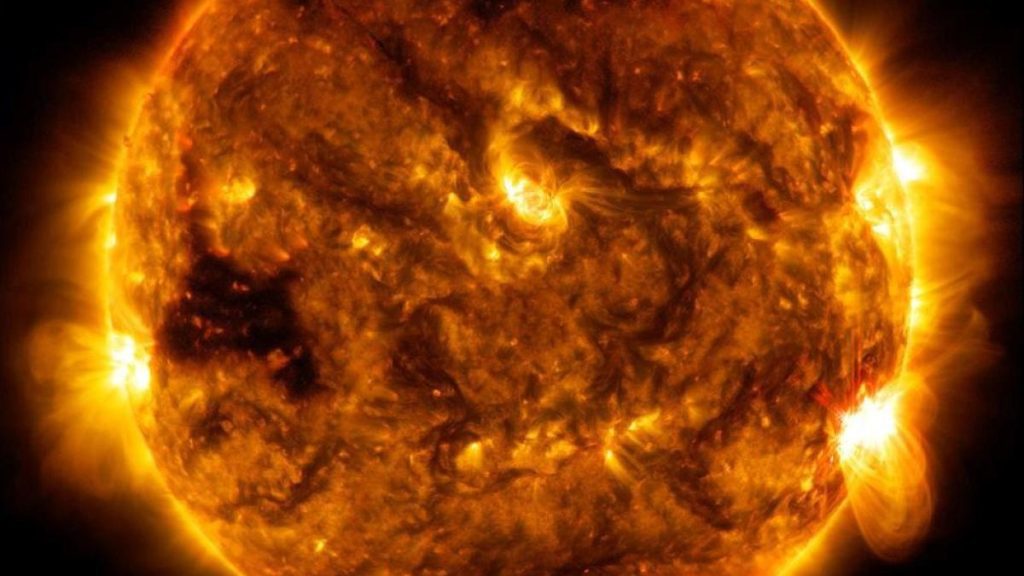
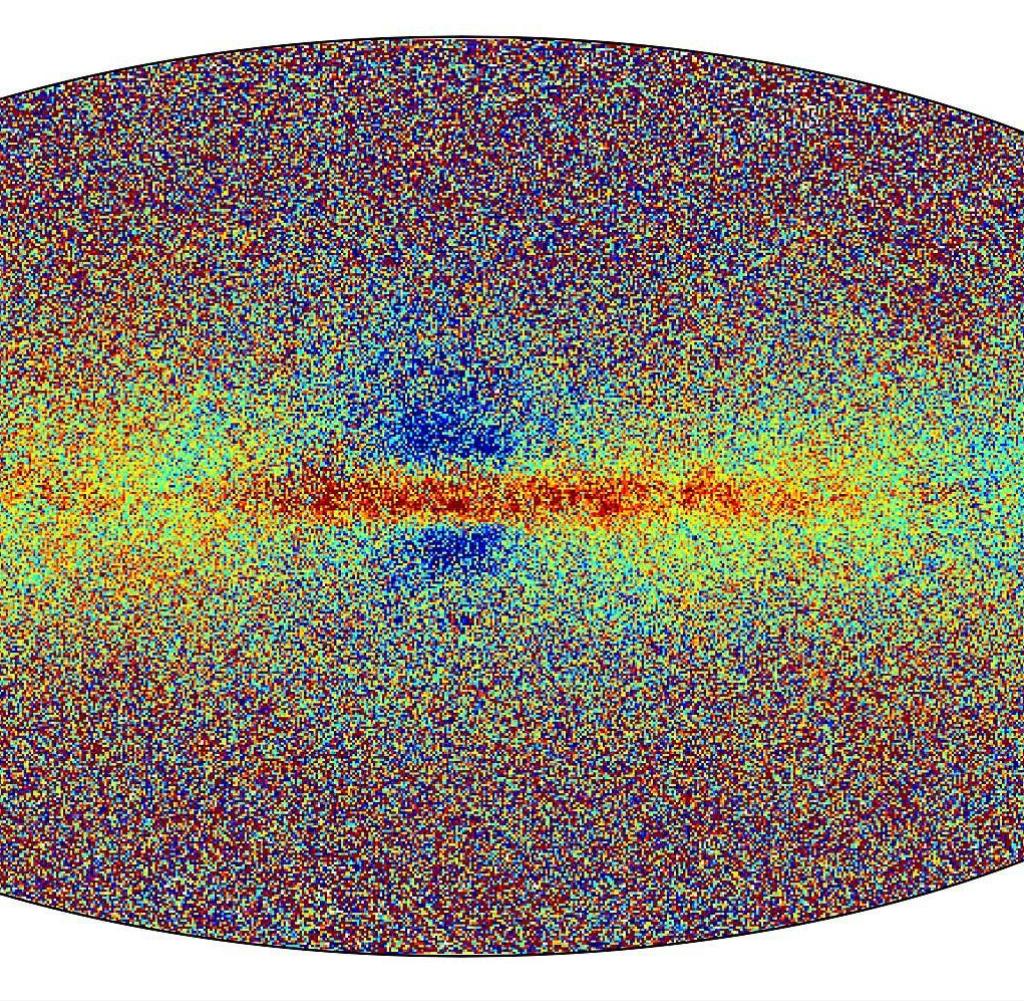
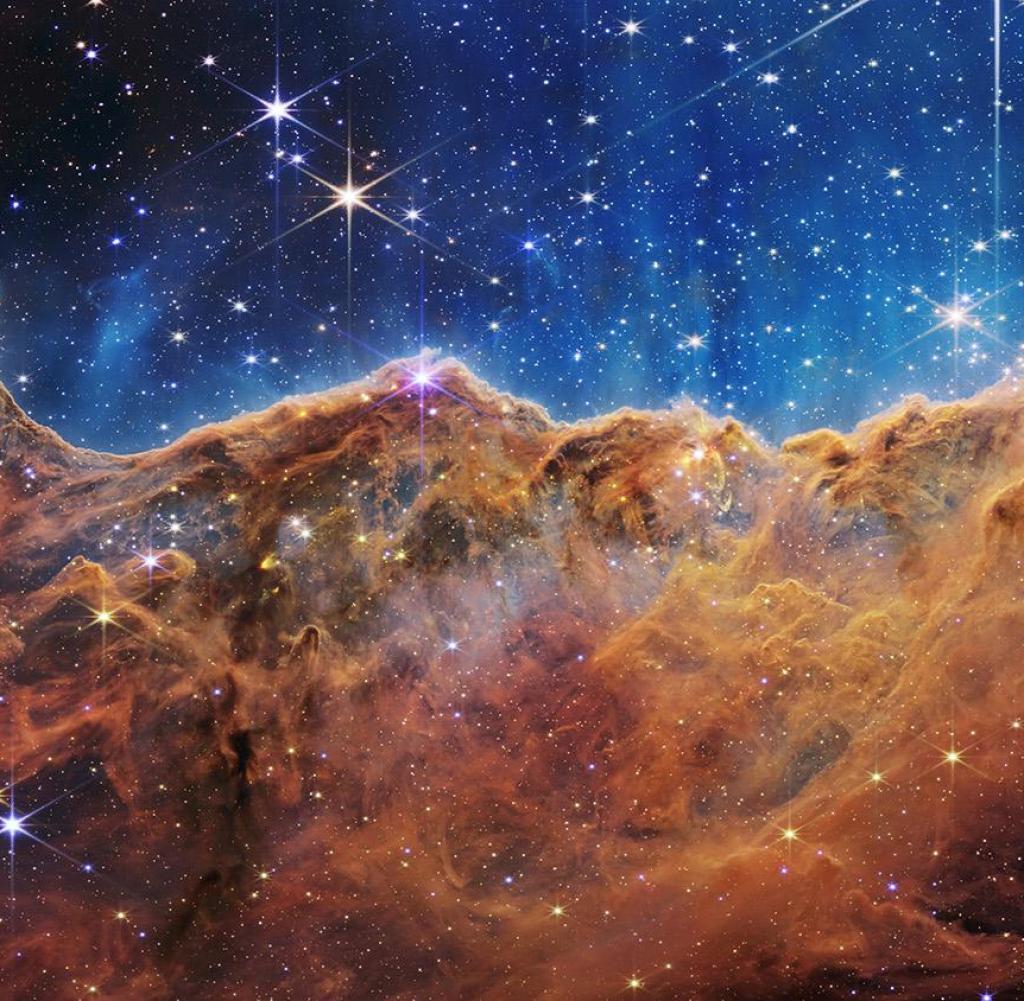
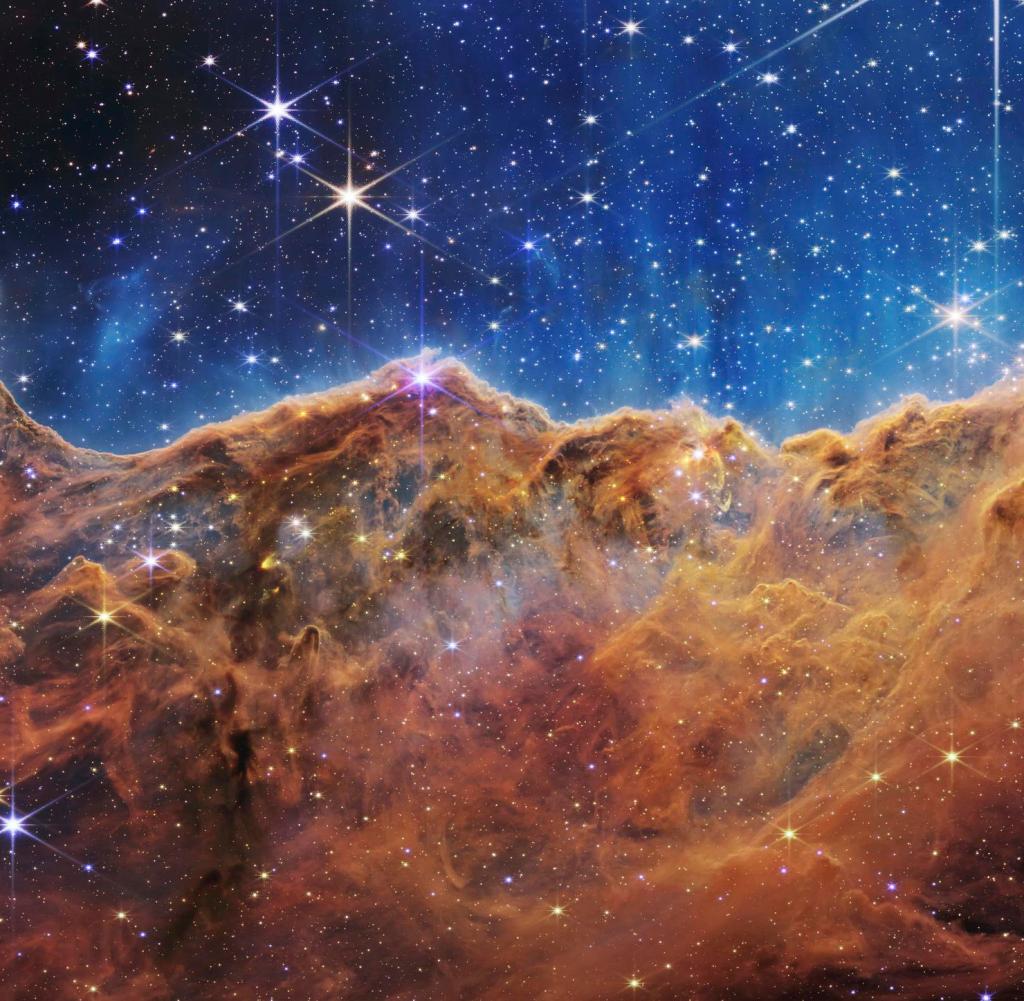
More Stories
Researchers detect extremely high-energy gamma rays
Anxiety disorders in old age increase the risk of dementia
Researchers are particularly fascinated by these exoplanets.